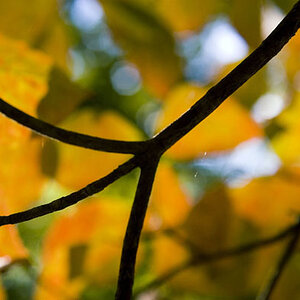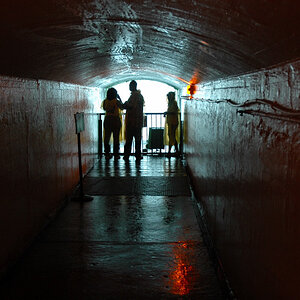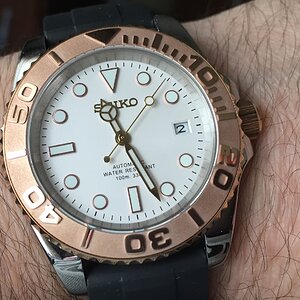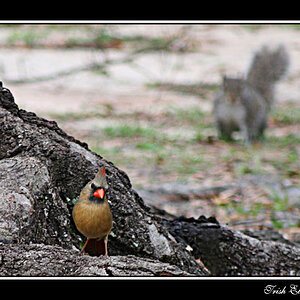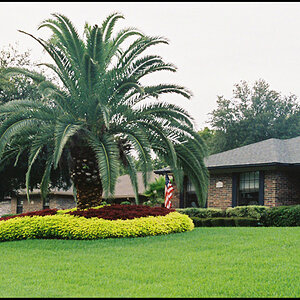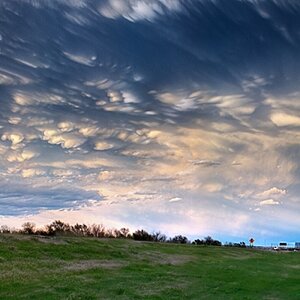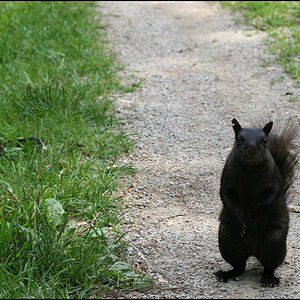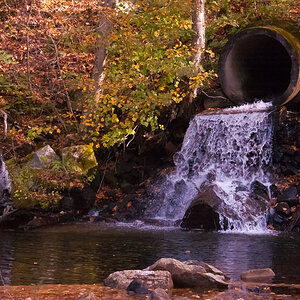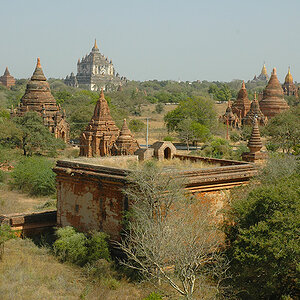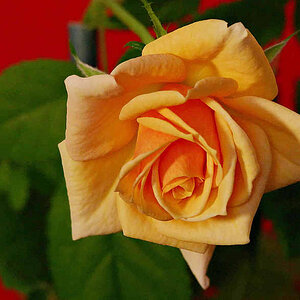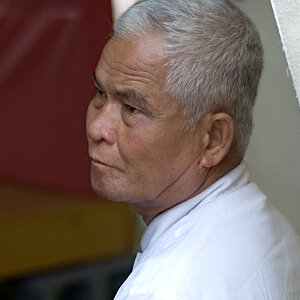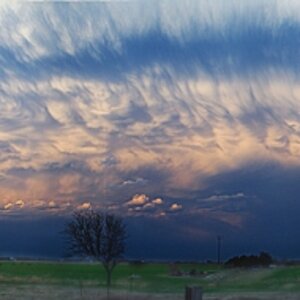yensid
TPF Noob!
- Joined
- Feb 16, 2013
- Messages
- 4
- Reaction score
- 0
- Can others edit my Photos
- Photos NOT OK to edit
A few days ago, I saw this beautiful photo from one of my Flickr contacts, Groucho Dis:
[]Twinkings stars outside Spaceship Earth (Explored!) | Flickr - Photo Sharing!
and ever since then, I've been wondering how to create those little lightbursts. I'm aware that he has a nice DSLR while I just have a Canon Powershot SD790 (a point-and-shoot) and that he also used a fisheye lens, but even after experimenting with different long-exposure settings I just can't seem to create the spokes on the lights.
Or- was this added in processing? If so, could you be so kind as to share with me how to do this? I have GIMP, but even if you can't tell me exactly how to do it I would be happy with even the name of the processing type.
Thank you so much everyone! Your help is greatly appreciated.
Your help is greatly appreciated.
[]Twinkings stars outside Spaceship Earth (Explored!) | Flickr - Photo Sharing!
and ever since then, I've been wondering how to create those little lightbursts. I'm aware that he has a nice DSLR while I just have a Canon Powershot SD790 (a point-and-shoot) and that he also used a fisheye lens, but even after experimenting with different long-exposure settings I just can't seem to create the spokes on the lights.
Or- was this added in processing? If so, could you be so kind as to share with me how to do this? I have GIMP, but even if you can't tell me exactly how to do it I would be happy with even the name of the processing type.
Thank you so much everyone!


